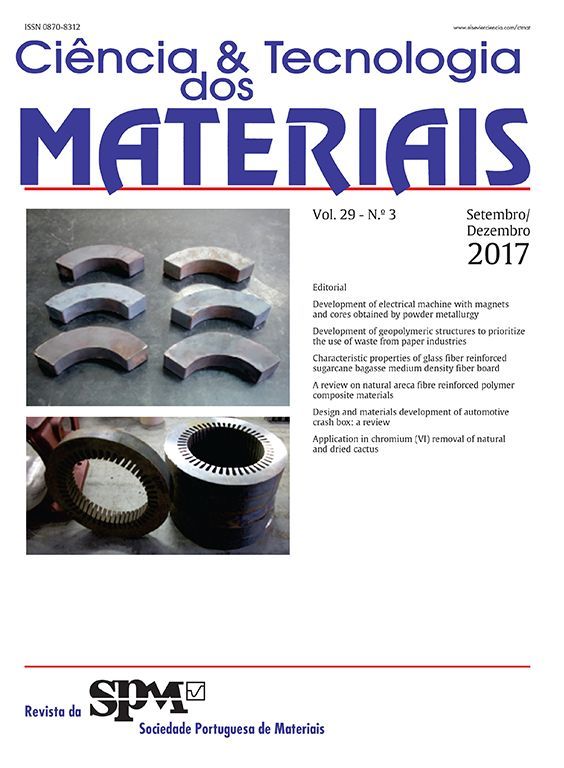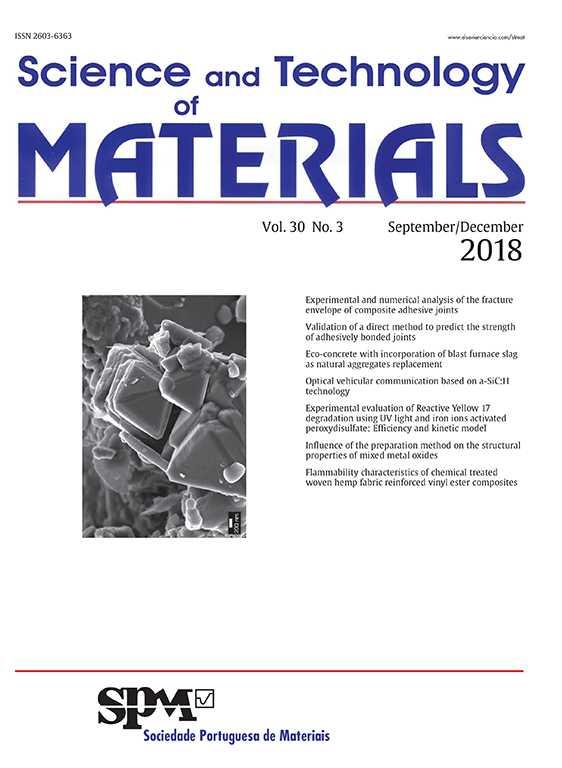Hole Drilling Method (HDM) is the most common approach to measure residual stresses in components; along the years it has greatly grown up in equipment sophistication. Nowadays, in fact, full field optical techniques are becoming increasingly adopted in replacing strain gage transducers. The introduction of these techniques can guarantee several advantages; for example higher sensitivity can be achieved and the long and expensive step of transducers application can be avoided. When performing the measurement many experimental and setting parameters are involved and they can greatly affect the quality of the final measurement. The hole diameter, for example, strongly affects the entity of the relieved strain. Drilling a hole with a bigger diameter allows to obtain higher strain that are easier to measure. On the contrary, a small diameter should be preferred in view of the subsequent repairing process. Furthermore, using higher diameter of the drill bit could compromise the analysis itself in case of complex geometry. In this work a well-known state of stress was introduced in a Ti6Al4V specimen. Measurements were performed by using two different diameters of the drilling bits: 1/16”, 1/32”. Results were critically compared with the analogous ones reported in literature for aluminum and steel.
Consulte los artículos y contenidos publicados en este medio, además de los e-sumarios de las revistas científicas en el mismo momento de publicación
Esté informado en todo momento gracias a las alertas y novedades
Acceda a promociones exclusivas en suscripciones, lanzamientos y cursos acreditados





